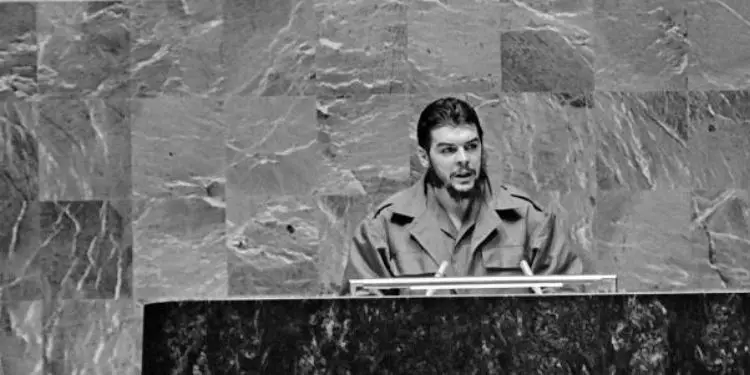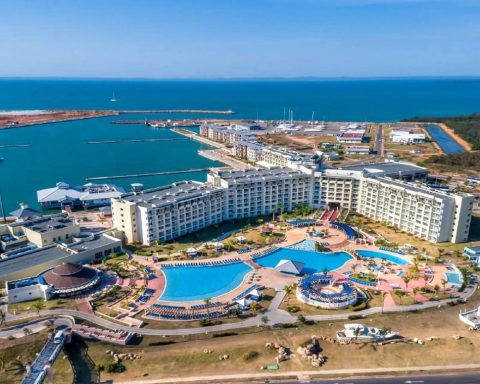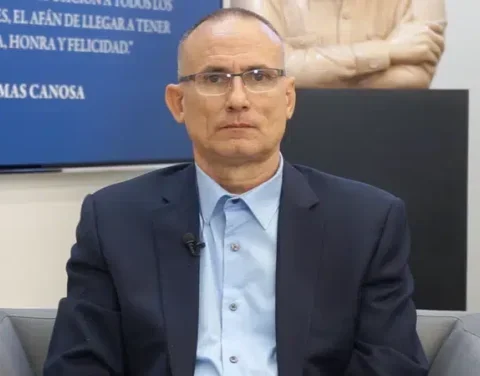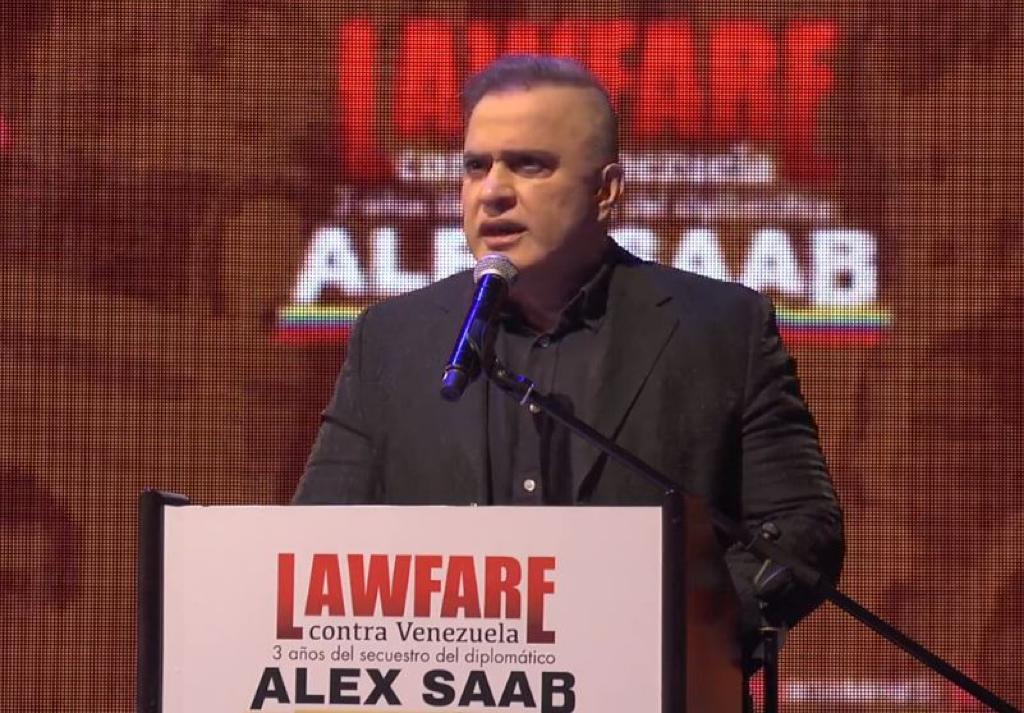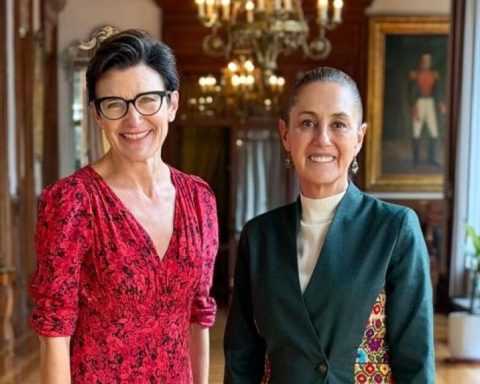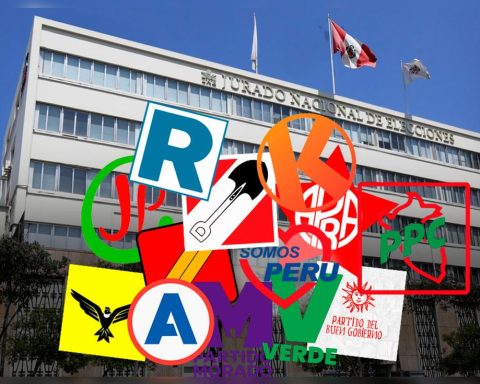Havana Cuba. – This June 14 marks the 95th anniversary of the birth of Ernesto “Che” Guevara, the Argentine-Cuban guerrilla who became an idol of the communist left and a model of a “revolutionary”.
However, he was nothing more than a man “without mercy, a sociopath,” according to the director of the NGO Archivo Cuba, María Werlau. The investigator managed to document part of his crimes in her book The forgotten victims of Che Guevara, in which the guerrilla is linked to around 100 executions and firing squads in the La Cabaña fortress and in the Sierra Maestra.
“Most of those shot had not committed any crime, only that of wearing a uniform [del Ejército de Batista]”, but the “plan secretly drawn up by the KGB and Fidel Castro” was to “create terror with imprisonment and mass shootings”, said Werlau to the EFE agency.
For his part, the Argentine writer Nicolás Márquez, in his biography of Che Guevara entitled the killing machine, comes to count its victims in several hundred; among them he counts some 216 murders (committed in a period of three years in the Sierra Maestra, in Santa Clara and in La Cabaña), and around 1,500 people shot in La Cabaña by order of his. That is why he became known as “the butcher of La Cabaña”.
Regarding the execution in the Sierra Maestra of the peasant Eutimio Guerra, he confessed in a 1957 letter to his father: “His companions refused to put him to arms. I ended the problem by giving him a shot in the right temple (…) with an exit hole in the right temporal bone. He gasped for a while and was dead. I have to confess to you, dad, that at that moment I discovered that I really like to kill.
On his time at La Cabaña, Márquez collected the testimony of Commander Dariel Alarcón (known as Benigno), who was part of Che’s column. According to this source, the Argentine guerrilla used to watch the executions while smoking a cigar.
The priest Bustos Argañaraz, who was in charge of providing spiritual relief to the victims before the execution, told Márquez that Che’s cruelty reached “to the point of forcing the relatives who were going to collect the corpses of those shot to go through the famous wall stained with the fresh blood of the victims”.
This genocidal and violent mentality was publicly exposed on several occasions. At the United Nations, for example, manifested: “Executions, yes, we have executed, we execute and we will continue executing as long as necessary. Our fight is a fight to death”.
in his book Fidel and Che, the Cuban journalist José Pardó Llada ―who accompanied Che on his trips to Egypt and the Soviet Union― recalls a conversation with the Argentine guerrilla, in which he justified extrajudicial executions and advanced a kind of philosophy of hate: “To send men to the firing squad, judicial proof is unnecessary. These procedures are an archaic bourgeois detail. This is a revolution! And a revolutionary must become a cold killing machine motivated by pure hatred.
In fact, in his philosophy of struggle, hatred occupied a central place: “The intransigent hatred of the enemy, which drives beyond the natural limitations of the human being and turns it into an effective, violent, selective and cold killing machine. Our soldiers have to be like that; a people without hate cannot triumph over a brutal enemy”, wrote in 1967 in the Cuban propaganda magazine tricontinental.
This hatred and violence, as he said, were necessary to achieve socialism: “To achieve socialist regimes, rivers of blood will have to flow and the liberation route must be continued, even if it is at the cost of millions of atomic victims,” he pointed out in 1968 in the text “Tactics and strategy of the Cuban Revolution” (published by the Cuban magazine Olive greenorgan of the Revolutionary Armed Forces (FAR) of Cuba.
Shortly after the Missile Crisis (1962), which almost led the world to a third world war, he told Sam Russell, Cuba correspondent for the English newspaper London Daily Worker*: “If the missiles had remained in Cuba, we would have used them against the very heart of the United States, including New York City.”
To the black people, he qualified them in one of his travel diaries (known and taken to the cinema as Motorcycle Diaries) as “magnificent specimens of the African race that have maintained their racial purity thanks to the little attachment they have to the bathroom, have seen their realms invaded by a new specimen of slave: the Portuguese”.
In the same way, with the permission of Fidel Castro, he commanded and designed a concentration camp for the punishment of “sexual deviants” in the Guanahacabibes peninsula, a prelude to what shortly after Castroism massified through the Military Production Support Units (UMAP). In this way, his idea of the “new man” was embodied in concentration camps and forced labor for homosexual people who had the motto “Work will make you men.”
This is, in short, the disastrous legacy of Che Guevara that many prefer to ignore. Despite this, Cuban children are forced to say daily in schools “We will be like Che.” However, the world must remember him for what he really was: a murderous sociopath.
*Statements to London Daily Worker were republished in the magazine TIME, on December 21, 1962.
